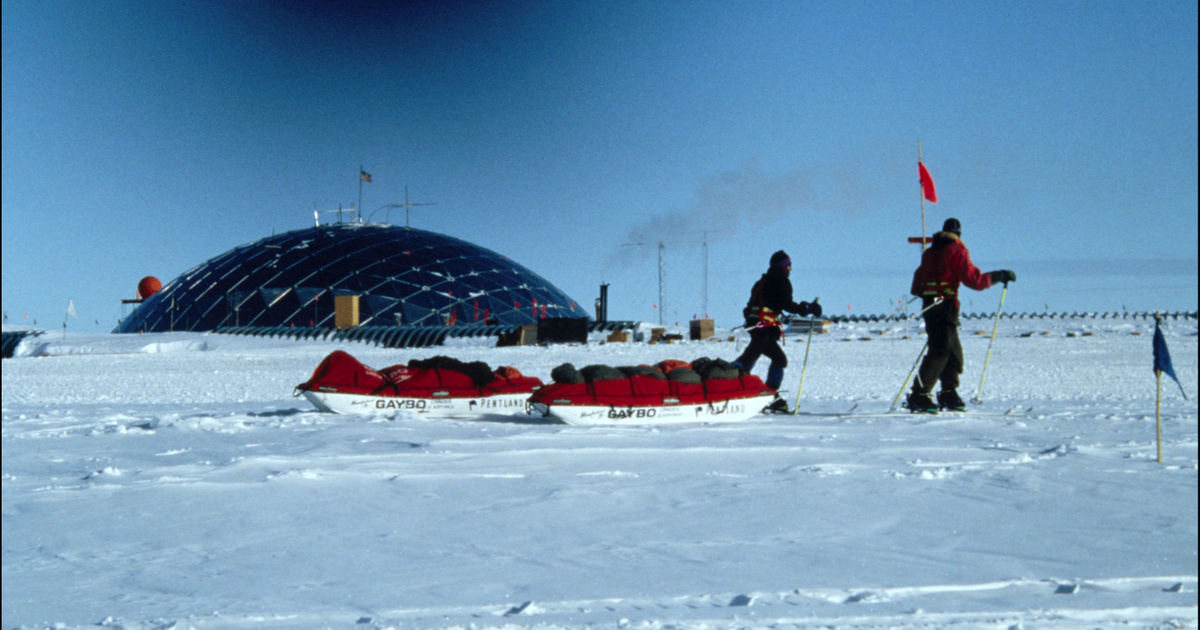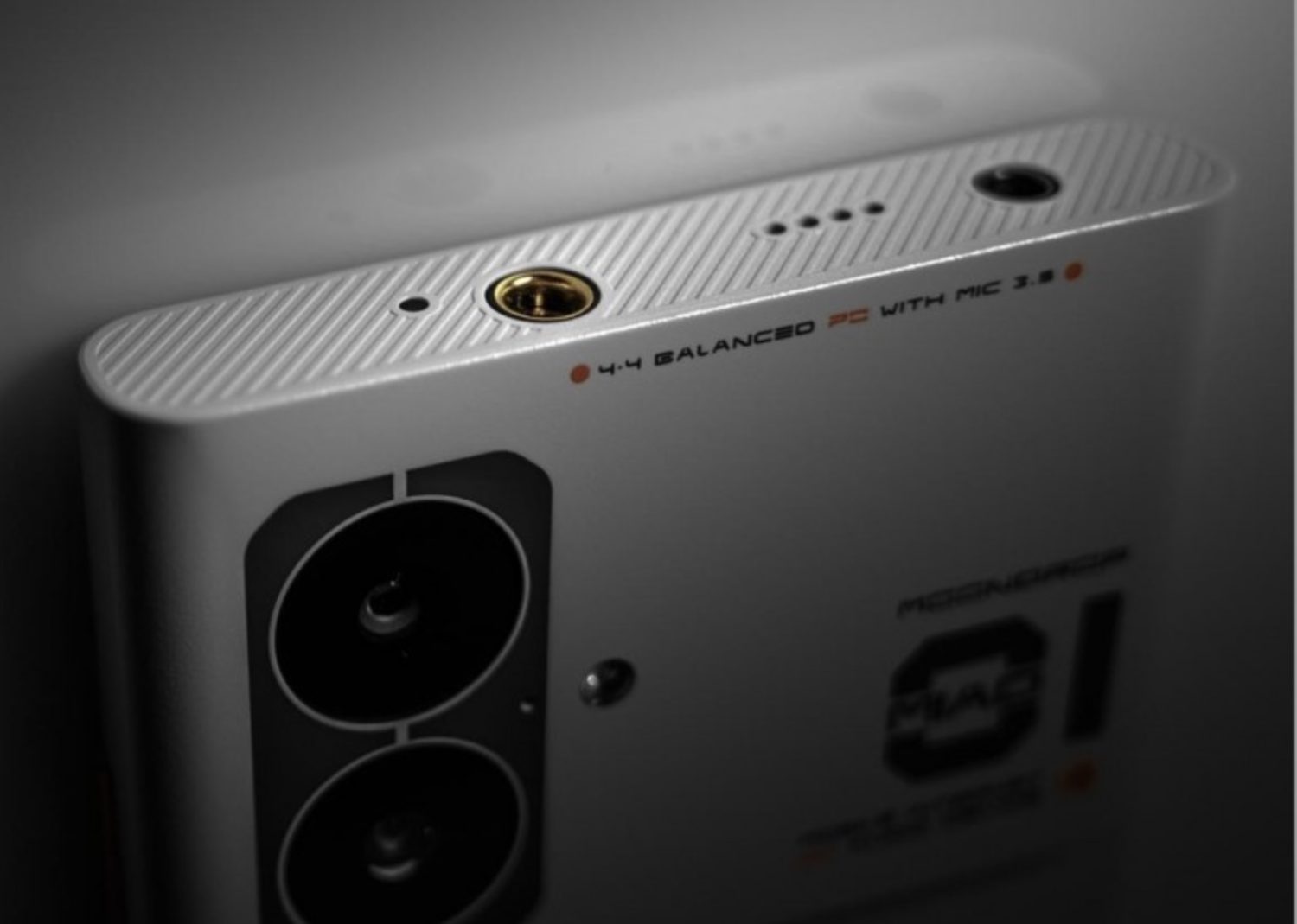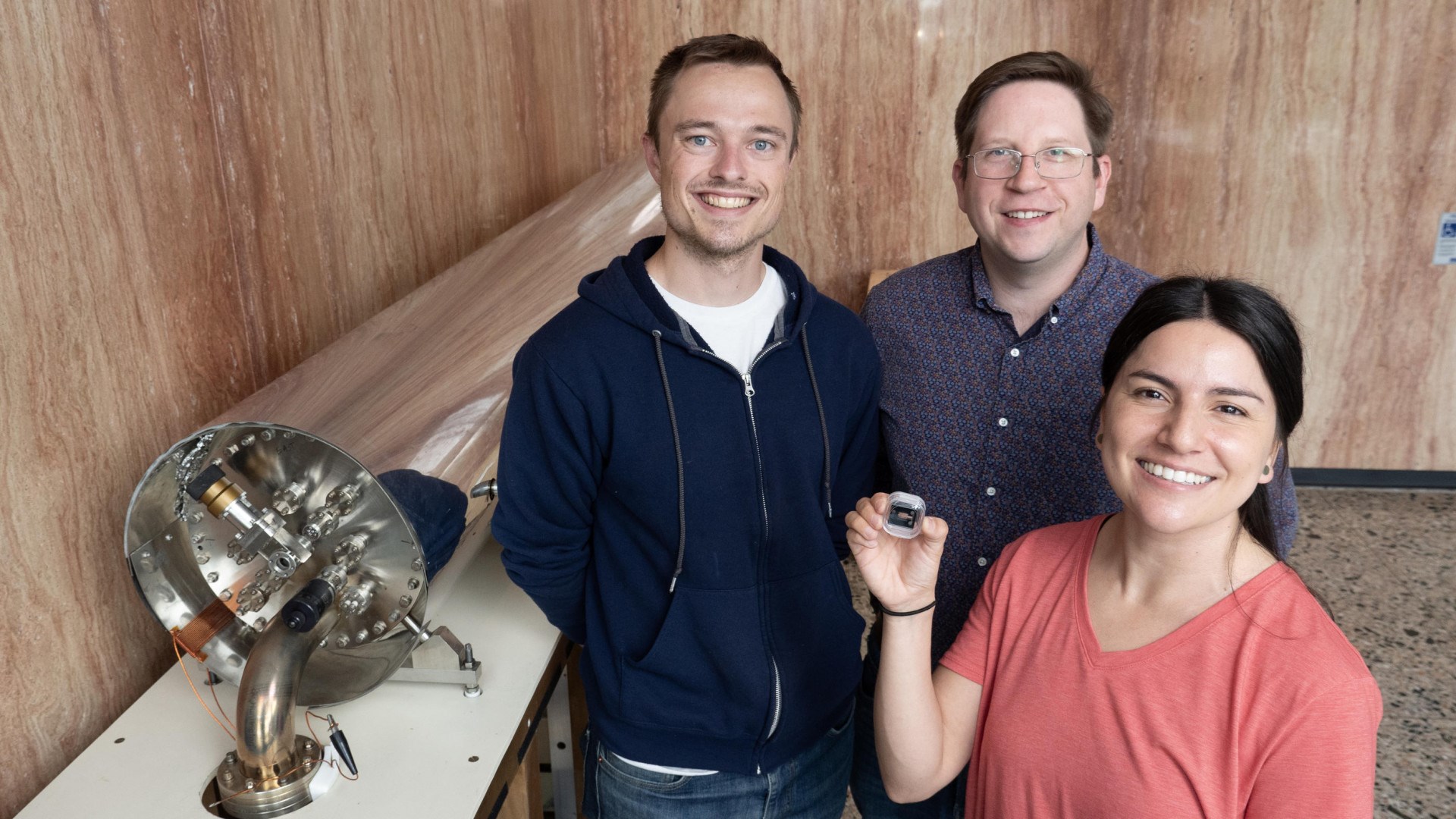[{“available”:true,”c_guid”:”659b944e-7395-487f-8092-307943814fe0″,”c_author”:”Lengyel Tibor”,”category”:”360″,”description”:”A legrosszabbnak a közegészségügy és a közoktatás helyzetét látjuk Magyarországon, itt lenne leginkább szükség sürgős szakpolitikai reformra. A közigazgatás egészét érintően a legtöbben negatív jelzőket – nehézkes, lassú – emlegettek a Republikon Intézet elégedettség-mérésében. Nálunk az EU-átlagnál rosszabb a helyzet, de a bolgárok és a franciák még elégedetlenebbek.”,”shortLead”:”A legrosszabbnak a közegészségügy és a közoktatás helyzetét látjuk Magyarországon, itt lenne leginkább szükség sürgős…”,”id”:”20230719_Nehezkes_bonyolult_lassu_kozigazgatas_egeszsegugy_oktatas_reform_Republikon”,”image”:”https://api.hvg.hu/Img/ffdb5e3a-e632-4abc-b367-3d9b3bb5573b/659b944e-7395-487f-8092-307943814fe0.jpg”,”index”:0,”item”:”58c6e33d-9343-46dc-b0e4-47251cec55e3″,”keywords”:null,”link”:”/360/20230719_Nehezkes_bonyolult_lassu_kozigazgatas_egeszsegugy_oktatas_reform_Republikon”,”timestamp”:”2023. július. 19. 17:10″,”title”:”Nehézkes és lassú a közigazgatás a magyarok szerint, az egészségügyet és az oktatást reformálnák meg először”,”trackingCode”:”RELATED”,”c_isbrandchannel”:false,”c_isbrandcontent”:false,”c_isbrandstory”:false,”c_isbrandcontentorbrandstory”:false,”c_isbranded”:false,”c_ishvg360article”:true,”c_partnername”:null,”c_partnerlogo”:”00000000-0000-0000-0000-000000000000″,”c_partnertag”:null},{“available”:true,”c_guid”:”f75168c6-87be-46b8-b552-31ce1e812049″,”c_author”:”hvg.hu”,”category”:”itthon”,”description”:”Az NMHH írja elő, hogy 3000 lakosonként egy telefonfülkét fenntartsanak – írta a Magyar Telekom a terézvárosi polgármester kritikáira válaszolva.”,”shortLead”:”Az NMHH írja elő, hogy 3000 lakosonként egy telefonfülkét fenntartsanak – írta a Magyar Telekom a terézvárosi…”,”id”:”20230719_Telekom_Terezvaros_telefonfulkek”,”image”:”https://api.hvg.hu/Img/ffdb5e3a-e632-4abc-b367-3d9b3bb5573b/f75168c6-87be-46b8-b552-31ce1e812049.jpg”,”index”:0,”item”:”b7be85cf-3fb1-4691-95d8-39775a7a20fa”,”keywords”:null,”link”:”/itthon/20230719_Telekom_Terezvaros_telefonfulkek”,”timestamp”:”2023. július. 19. 13:02″,”title”:”Válaszolt a Telekom Terézvárosnak: kötelező fenntartaniuk telefonfülkéket, akkor is, ha senki nem használja”,”trackingCode”:”RELATED”,”c_isbrandchannel”:false,”c_isbrandcontent”:false,”c_isbrandstory”:false,”c_isbrandcontentorbrandstory”:false,”c_isbranded”:false,”c_ishvg360article”:false,”c_partnername”:null,”c_partnerlogo”:”00000000-0000-0000-0000-000000000000″,”c_partnertag”:null},{“available”:true,”c_guid”:”faae503d-812c-446d-a20a-1c5805f2bc0a”,”c_author”:”MTI”,”category”:”vilag”,”description”:”Az orosz parlament alsóháza (duma) változtatások nélkül elfogadta azt a törvénymódosítást, amely lehetővé teszi a Nemzeti Gárdának, hogy nehézfegyverekkel, többek között harcjárművekkel rendelkezzen.”,”shortLead”:”Az orosz parlament alsóháza (duma) változtatások nélkül elfogadta azt a törvénymódosítást, amely lehetővé teszi…”,”id”:”20230719_Oroszorszag_orosz_parlament_Duma_torvenymodositas_Nemzeti_Garda_nehezfegyverzet”,”image”:”https://api.hvg.hu/Img/ffdb5e3a-e632-4abc-b367-3d9b3bb5573b/faae503d-812c-446d-a20a-1c5805f2bc0a.jpg”,”index”:0,”item”:”202172f5-7fa8-467e-a214-3f0361a7b9a6″,”keywords”:null,”link”:”/vilag/20230719_Oroszorszag_orosz_parlament_Duma_torvenymodositas_Nemzeti_Garda_nehezfegyverzet”,”timestamp”:”2023. július. 19. 21:01″,”title”:”Nehézfegyverekkel szerelhetik fel az orosz Nemzeti Gárdát”,”trackingCode”:”RELATED”,”c_isbrandchannel”:false,”c_isbrandcontent”:false,”c_isbrandstory”:false,”c_isbrandcontentorbrandstory”:false,”c_isbranded”:false,”c_ishvg360article”:false,”c_partnername”:null,”c_partnerlogo”:”00000000-0000-0000-0000-000000000000″,”c_partnertag”:null},{“available”:true,”c_guid”:”4f61ef55-fd4d-4eb8-9acc-7fccf62c7fc4″,”c_author”:”hvg.hu”,”category”:”elet”,”description”:”Most először szólalt meg a coming outja óta Hodász András. Mint mondja, amikor hangosan érvelt az egyház bűnközpontú álláspontja mellett, akkor „a maszk alatt is maszkot viselt”.”,”shortLead”:”Most először szólalt meg a coming outja óta Hodász András. Mint mondja, amikor hangosan érvelt az egyház bűnközpontú…”,”id”:”20230721_Hodasz_Andras_Sok_ember_kovetett_hallgatott_ram_toluk_itt_es_most_bocsanatot_kerek”,”image”:”https://api.hvg.hu/Img/ffdb5e3a-e632-4abc-b367-3d9b3bb5573b/4f61ef55-fd4d-4eb8-9acc-7fccf62c7fc4.jpg”,”index”:0,”item”:”d0c6f8ea-131a-4db0-b46c-ef4172312d84″,”keywords”:null,”link”:”/elet/20230721_Hodasz_Andras_Sok_ember_kovetett_hallgatott_ram_toluk_itt_es_most_bocsanatot_kerek”,”timestamp”:”2023. július. 21. 10:31″,”title”:”Hodász András: „Sok ember követett, hallgatott rám, tőlük itt és most bocsánatot kérek””,”trackingCode”:”RELATED”,”c_isbrandchannel”:false,”c_isbrandcontent”:false,”c_isbrandstory”:false,”c_isbrandcontentorbrandstory”:false,”c_isbranded”:false,”c_ishvg360article”:false,”c_partnername”:null,”c_partnerlogo”:”00000000-0000-0000-0000-000000000000″,”c_partnertag”:null},{“available”:true,”c_guid”:”eb11b7a7-69c0-43b0-a586-31080f1aa5f5″,”c_author”:”HVG”,”category”:”360″,”description”:”Az ország hatodik leggazdagabb emberének cégcsoportja növelte tagjai számát, miközben forgalma csökkent. “,”shortLead”:”Az ország hatodik leggazdagabb emberének cégcsoportja növelte tagjai számát, miközben forgalma csökkent. “,”id”:”20230720_hvg_duna_group_nem_csak_utepites”,”image”:”https://api.hvg.hu/Img/ffdb5e3a-e632-4abc-b367-3d9b3bb5573b/eb11b7a7-69c0-43b0-a586-31080f1aa5f5.jpg”,”index”:0,”item”:”1600eb1b-29c1-4dc4-8202-9c581e5412bc”,”keywords”:null,”link”:”/360/20230720_hvg_duna_group_nem_csak_utepites”,”timestamp”:”2023. július. 20. 10:30″,”title”:”Újabb útépítő céggel bővült Szíjj László útépítő-birodalma”,”trackingCode”:”RELATED”,”c_isbrandchannel”:false,”c_isbrandcontent”:false,”c_isbrandstory”:false,”c_isbrandcontentorbrandstory”:false,”c_isbranded”:false,”c_ishvg360article”:true,”c_partnername”:null,”c_partnerlogo”:”00000000-0000-0000-0000-000000000000″,”c_partnertag”:null},{“available”:true,”c_guid”:”285f5da4-cdf3-47c5-ba4c-df71fd8d37a5″,”c_author”:”Allianz”,”category”:”brandcontent”,”description”:”A szülőkről való leválás először óriási bulinak tűnik, aztán az ember szépen lassan rájön, mennyivel egyszerűbb volt, amíg valaki megcsinálta a ház körüli teendőket. A számlák befizetése, a közügyek intézése unalmasan hangzik, de nem árt kiképeznünk magunkat ezen a téren, hogy flottul menjen az önálló lét, és tényleg elkezdődhessen az életünk egyik legszuperebb fejezete!”,”shortLead”:”A szülőkről való leválás először óriási bulinak tűnik, aztán az ember szépen lassan rájön, mennyivel egyszerűbb volt…”,”id”:”20230719_Allianz_lakasbiztositas_elso_lakas_alberlet”,”image”:”https://api.hvg.hu/Img/ffdb5e3a-e632-4abc-b367-3d9b3bb5573b/285f5da4-cdf3-47c5-ba4c-df71fd8d37a5.jpg”,”index”:0,”item”:”be0beaae-2618-4c67-b438-ca3dbff25e2f”,”keywords”:null,”link”:”/brandcontent/20230719_Allianz_lakasbiztositas_elso_lakas_alberlet”,”timestamp”:”2023. július. 20. 14:30″,”title”:”Kirepültél, hogy megérkezz: így vezesd a saját háztartásod!”,”trackingCode”:”RELATED”,”c_isbrandchannel”:false,”c_isbrandcontent”:true,”c_isbrandstory”:false,”c_isbrandcontentorbrandstory”:true,”c_isbranded”:true,”c_ishvg360article”:false,”c_partnername”:null,”c_partnerlogo”:”00000000-0000-0000-0000-000000000000″,”c_partnertag”:null},{“available”:true,”c_guid”:”84bb7258-a329-451b-8136-8a6cc09a3c63″,”c_author”:”hvg.hu”,”category”:”tudomany”,”description”:”Jövő év elejére jelentették be az Atari egykori klasszikusa, a Lunar Lander felújított változatának kiadását. A Lunar Lander: Beyond minden fontosabb platformon elérhető lesz.”,”shortLead”:”Jövő év elejére jelentették be az Atari egykori klasszikusa, a Lunar Lander felújított változatának kiadását. A Lunar…”,”id”:”20230719_atari_lunar_lander_videojatek_lunar_lander_beyond_dreams_uncorporated”,”image”:”https://api.hvg.hu/Img/ffdb5e3a-e632-4abc-b367-3d9b3bb5573b/84bb7258-a329-451b-8136-8a6cc09a3c63.jpg”,”index”:0,”item”:”f81dcdd2-d6c7-43b2-afd3-11dc396ede98″,”keywords”:null,”link”:”/tudomany/20230719_atari_lunar_lander_videojatek_lunar_lander_beyond_dreams_uncorporated”,”timestamp”:”2023. július. 19. 15:03″,”title”:”45 év után jön a legendás videójáték új kiadása, sztorival érkezik a Lunar Lander: Beyond”,”trackingCode”:”RELATED”,”c_isbrandchannel”:false,”c_isbrandcontent”:false,”c_isbrandstory”:false,”c_isbrandcontentorbrandstory”:false,”c_isbranded”:false,”c_ishvg360article”:false,”c_partnername”:null,”c_partnerlogo”:”00000000-0000-0000-0000-000000000000″,”c_partnertag”:null},{“available”:true,”c_guid”:”54da8695-7a65-47ed-a523-6a97f9f80dfa”,”c_author”:”Marabu”,”category”:”kultura”,”description”:””,”shortLead”:””,”id”:”20230720_Marabu_Feknyuz_Befoliazva”,”image”:”https://api.hvg.hu/Img/ffdb5e3a-e632-4abc-b367-3d9b3bb5573b/54da8695-7a65-47ed-a523-6a97f9f80dfa.jpg”,”index”:0,”item”:”d2720154-19e8-493f-b03e-4b40ef9c8841″,”keywords”:null,”link”:”/kultura/20230720_Marabu_Feknyuz_Befoliazva”,”timestamp”:”2023. július. 20. 05:05″,”title”:”Marabu Féknyúz: Befóliázva”,”trackingCode”:”RELATED”,”c_isbrandchannel”:false,”c_isbrandcontent”:false,”c_isbrandstory”:false,”c_isbrandcontentorbrandstory”:false,”c_isbranded”:false,”c_ishvg360article”:false,”c_partnername”:null,”c_partnerlogo”:”00000000-0000-0000-0000-000000000000″,”c_partnertag”:null}]


Depending on your membership level, we offer, among others:
- We send you an exclusive weekly digest of the interesting things in the world;
- You can gain insight into the work of HVG, you can meet our authors;
- You can take part in pre-premier screenings of the latest films, in various events;
- You can buy HVG books and publications at a discount;
- You can read hvg360 digital news magazine.
We recommend it from the first page












































